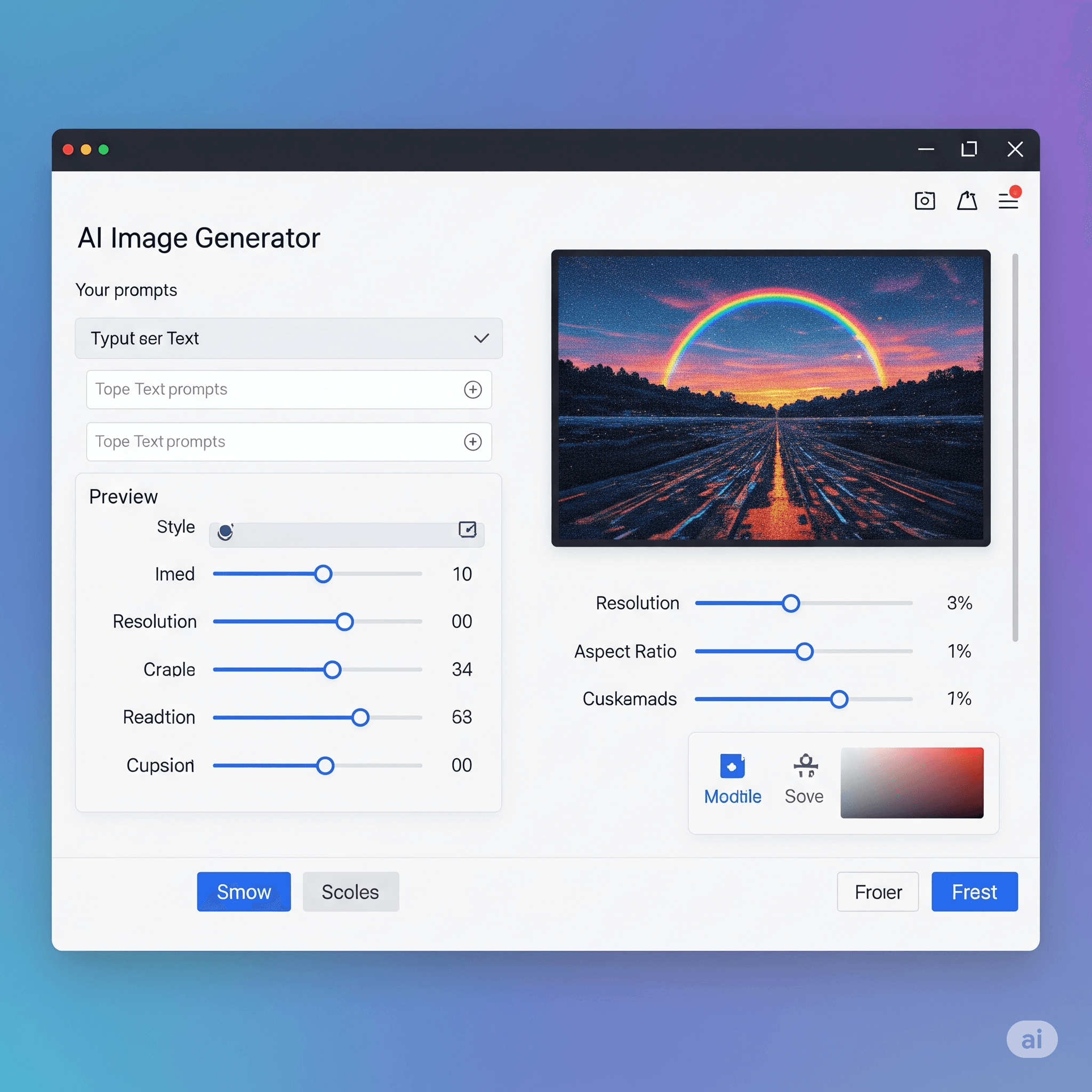Question: In TCP's __________ algorithm the size of the congestion window increases additively until congestion is detected.
Answer:
- In TCP's congestion control algorithm, the size of the congestion window increases additively until congestion is detected. This algorithm is called "congestion avoidance".
- In congestion avoidance, the TCP sender increases the congestion window size by one packet per round-trip time until congestion is detected. This is a more conservative approach than slow start, and is used to maintain the stability of the network once the sender has found the optimal rate at which it can send data without causing congestion.
- During congestion avoidance, the TCP sender monitors the network for signs of congestion, such as packet drops, ECN marks, or timeouts. If congestion is detected, the sender reduces the congestion window size and switches to a different mode, such as fast recovery or congestion avoidance with slow start. The goal is to maintain a stable rate of data transfer while avoiding congestion and minimizing packet loss.
- Overall, congestion control is an essential aspect of TCP, as it helps to ensure that the network operates efficiently and reliably, even under heavy load or in the presence of congestion. TCP's congestion control algorithms, such as slow start and congestion avoidance, are designed to dynamically adjust the sending rate based on network conditions, in order to optimize performance and avoid congestion.
MCQ: In TCP's __________ algorithm the size of the congestion window increases additively until congestion is detected.
Correct Answer:
A. congestion avoidance
Explanation:
- In TCP's congestion control algorithm, the size of the congestion window increases additively until congestion is detected. This algorithm is called "congestion avoidance".
- In congestion avoidance, the TCP sender increases the congestion window size by one packet per round-trip time until congestion is detected. This is a more conservative approach than slow start, and is used to maintain the stability of the network once the sender has found the optimal rate at which it can send data without causing congestion.
- During congestion avoidance, the TCP sender monitors the network for signs of congestion, such as packet drops, ECN marks, or timeouts. If congestion is detected, the sender reduces the congestion window size and switches to a different mode, such as fast recovery or congestion avoidance with slow start. The goal is to maintain a stable rate of data transfer while avoiding congestion and minimizing packet loss.
- Overall, congestion control is an essential aspect of TCP, as it helps to ensure that the network operates efficiently and reliably, even under heavy load or in the presence of congestion. TCP's congestion control algorithms, such as slow start and congestion avoidance, are designed to dynamically adjust the sending rate based on network conditions, in order to optimize performance and avoid congestion.
Discuss a Question
Related Questions
- 1. ________ treats the two signs of congestion detections, timeout and three duplicate ACKs, in the same way.
- 2. In ______ TCP, when the connection is established, TCP starts the slow start algorithms and sets the <em>ssthresh</em> variable to a pre-agreed value (normally 64 or 128 kilobytes) and the <em>cwnd</em> variable to 1 MSS.
- 3. The ___________ added a new state to the congestion control FSM, called the fast recovery state.
- 4. The ___________ treated the two signals of congestion, timeout and arrival of three duplicate ACKs, differently.
- 5. The __________ state in Reno TCP is a state somehow between the slow start and the congestion avoidance states.
- 6. In the Reno TCP, when TCP enters the fast recovery, if duplicate ACKs continue to come, TCP ____________________________________.
- 7. In the Reno TCP, when TCP enters the fast recovery, if a timeout occurs, TCP ____________________________________.
- 8. In the Reno TCP, when TCP enters the fast recovery, if a new (non duplicate) ACK arrives TCP ____________________________________.
- 9. A later version of TCP, called ______ TCP, made an extra optimization on the _______ TCP.
- 10. In the slow start algorithm, the size of the congestion window grows ______________ until ___________________.
You may be interested in:
Computer Networking MCQs






